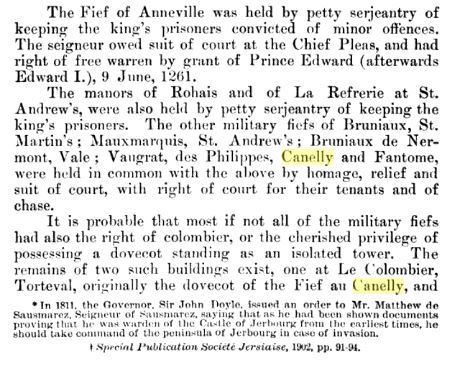

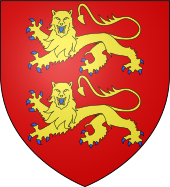
Noble Fief Columbier - DovecoteA dovecote or dovecot [COMMENTedText now]dʌvkɒt/ or doocot (Scots : doocot ) is a structure intended to house pigeons or doves . [1] Dovecotes may be free-standing structures in a variety of shapes, or built into the end of a house or barn. They generally contain pigeonholes for the birds to nest. [2] Pigeons and doves were an important food source historically in the Middle East and Europe and were kept for their eggs and dung. [3] This accounts for the immense dovecotes or colombiers to be found in the groundsof the noble fief only. A dovecote could not be erected without permission from the King. A curious instance of this law having been disregraded is mentioned in the Assize Roll of 1309, which states that Ralph Lemprière had erected a dovecote (in the neighbourhood of what is now Rouge Bouillon), and he was ordered by the Justices Itinerant to pull it down. At the next Assizes Ralph came forward and offered a rent of one pound of pepper perannum for ever so that his heirs might enjoy thedovecote. The justices allowed it because it was not to the É.". of the King, and the rent is still paid to the ing's Receiver. Theannéedesuccessionis one of the few seigneurial rights which remains, and consists, briefly, of a claim on the part of the lord to hold for a year and a day, for his own benefit, the lands in his fief of a tenant dying without lineal heirs when the property goes to a collateral branch of the family. If the land is on lease, the lord is entitled to the rent reserved, but not o the possession of the land. The first manor house of importance is that of St. Ouen." It stands in the parish of that name in a tiny valley called LeValde la Mare.It existed in the first decades of the twelfth century and has been added to and altered, but even now after much modernisation it presents a remarkable appearance. It lies completely hidden from the road, the main entrance being under a rather pretentious archway of comparatively recent date, and the winding avenue leads through two rows of fine old oak-trees. Citation Our colombier belonged to the earlier circular forn). According to Mr. J. J. Carey's measurement (see Report Archaeo. Sec. : Proceedings Guernsey Natural Science Soc. 1895) ; it is 58ft. in circumference, with Avails 2ft. lOin. thick and a doorway 3ft. Sin. wide. At present the ruins are from 12 to 14 feet in height. Its history can be traced for 356 LE eOLUMlJl lOK, T()UTE\'AL. about six centuries. It stands on the fief Janin Bernard which we learn from an old document of 1463 Avas originally a part (with the fiefs of liobert de Vic, John du Gaillard, Thomas Blondel, Cantereine, and Guillot Justice) of the fief of " Sir Henry Le Canally Chevalier," one of the most important in the island in the 13th century, its lands extending over a considerable portion of the parishes of Torteval, St. Peter's-in-the-Wood and St. Saviour's. This fief au Canelly derived its name from a very ancient family who held it in the 13th century and probably earlier. In the Norman Rolls of the 2nd John, in the year 1200, a William Le Canelly pays the king 60 livres Angevin, that a suit he had against Matilda de Langetot and her son Henry, concerning lands at " Sumeresville," in Guernsey, might be tried before the " Curia Regis." A few years later, in 1227, we find the king ordering the Warden of the Isles, William de St. John, to give Henry Le Canelly possession of the lands in Guernsey formerly belonging to his father, William Le Canelly, lately deceased. He was probably the same man as Sir Henry Le Canelly, one of the Jurats at the assizes held in Guernsey in 1254, who, according to the above mentioned document of 1463, seems to have been the last of his name to hold the entire manor. He was succeeded by two heiresses, probably his daughters, the elder of whom married Thomas de Vic, and the younger named Guillemotte, Drouet de St. Martin, Seigneur of Trinity, Jersey, who held the manor in 1274. In 1309 their heirs, namely Avice de Vic, and Henry de St. Martin and his brothers, the sons of Drouet, were summoned at the assizes to show by what right they claimed certain aids from their tenants in the parishes of St. Peter's-in-the-Wood, Torteval and St. Saviour's, also the right of court, and of chase, which belonged to the king. They replied that the inheritance of Le Canelly was divided between Avice and Henry, and that their ancestors had enjoyed these privileges from time immemorial. Previous to 1320, the date of the next assizes, the de St. Martin's portion of the manor had passed by some family arrangement to Symon de St. Martin, Henry's younger brother, who was called upon to answer to a very similar inquiry to that above mentioned. It is necessary to trace the pedigree of this family thus far as it gives the clue to the following entry in the accounts of John des Roches, Warden of the Isles, from 1328 to 1330, which is the first evidence of the existence of our dove-cote. " ii*arochia de Torteval " " Item et tient Symon de Seynt Martin un coulumbier levey."
|
Seigneur de la Fief of Blondel Lord Baron Mentz of Fief Blondel Geurnsey Crown Dependency Seigneur Fief of Blondel George Mentz Lord Baron of Fiefdom Blondel Freiherr of Fief Thomas Blondel Feudal Lord of Baronnie - Noble Fief Barony Friherre > Columbier Dovecote Seigneurs and Dames Travel Research Lord Paramount Feudal Barons The Seigneur Order Patron George Mentz Charter of Liberties Deed & Title Fief Blondel Islands Viking Kingdom Fief Worship Fiefs of the Islands ECS Extended Continental Shelf Styles and Dignities Territorial Waters Blondel Privy Seal Fief Bouvees of Fief Thomas Blondel Guernsey Court of Chief Pleas Fief Court Arms Motto Flower Fief de l'Eperon La Genouinne Kingdom of West Francia Fief DuQuemin Bouvée Phlipot Pain Bouvée Torquetil Bouvée Bourgeon Bailiwick of Ennerdale Channel Island History Fief Direct from the Crown A Funny Think Happened On the Way to the Fief Guernsey Bailiwick of Guernsey - Crown Dependency Confederation des Iles Anglo-Normandes Sovereignty Papal Bull Research Links Norse Normandy Order of the Genet Order of the Genet Order of the Star Est. 1022 Knights of theThistle of Bourbon Count of Anjou Fief Rights Blondel and King Richard Press Carnival Manorial Incidents Appointments of Seigneurs Store Portelet Beach Roquaine Bay Neustrasia Columbier Dovecote Fief Blondel Merchandise Fief Blondel Beaches Islands Foreshore Events Fiefs For Sale Sold Lords of Normandy Fief Coin Viscounts de Contentin Fief Blondel Map Feudal Guernsey Titles Board of Trustees The Feudal System Hereditaments Chancellor Flag & Arms Fief Videos Guernsey Castle Sark Contact Advowson Site Map Disclaimer Freiherr Livres de perchage Lord Baron Longford Income Tax Guernsey Valliscaulian Order Saint Benedict of the Celestines Society of Divine Compassion Dictionary Count of Mortain Seigneur de Saint-Sauveur Seigneur of Fief Ansquetil Top Success Books Datuk Seri George Mentz Order St. Benedict OSB Celestines Order of the Iron Crown Order of the White Falcon Colonel Mentz Order Red Eagle Order St. Louis Order Holy Ghost Order of Saint Anthony Order of the Black Swan Order of St Columban Order of the Iron Helmet Livonian Brothers of the Sword Fief treizième and Direct from Crown Valuation Fief Blondel Prince of Annaly Teffia
Feudal Lord of the Fief Blondel of the Nordic Channel Islands Guernsey Est.
1179
Feudalherr - Fief Blondel von der Nordischen Insel Guernsey Est. 1179
New York Gazette - Magazine of Wall Street -
George Mentz -
George Mentz - Aspen Commission - Mentz Arms
Counselor George Mentz Esq. - Seigneur Feif BlondelBaron Annaly Baron Moyashel Grants to Delvin About Longford Styles and Dignities The Seigneur Court Barons Fiefs of the Islands Longford Map The Island Lords Market & Fair Fief Worship Channel Island History Fief Blondel Lord Baron Longford Fief Rights Fief Blondel Merchandise Events Blondel and King Richard Fief Coin Feudal Guernsey Titles The Feudal System Flag & Arms Castle Site Map Disclaimer Blondel Myth DictionaryMentz Scholarship Program 101 Million Donation - Order of the Genet Knighthood |
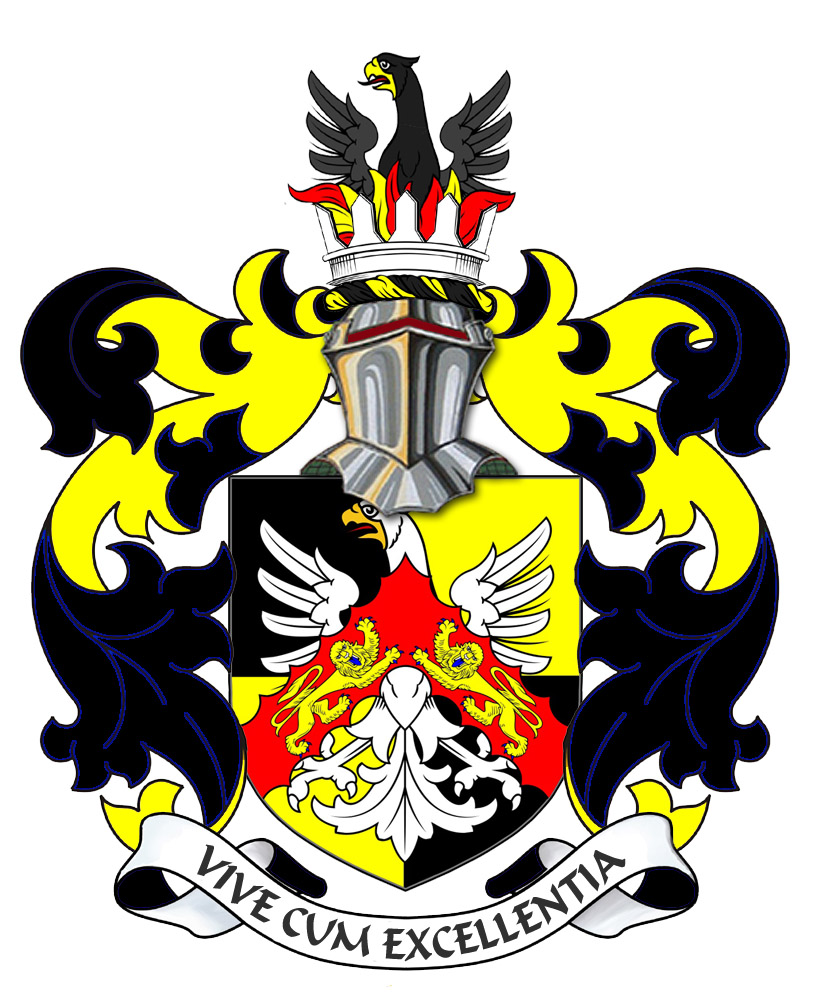

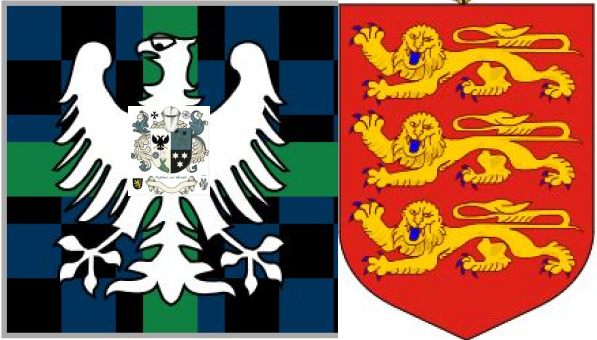
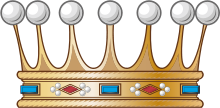
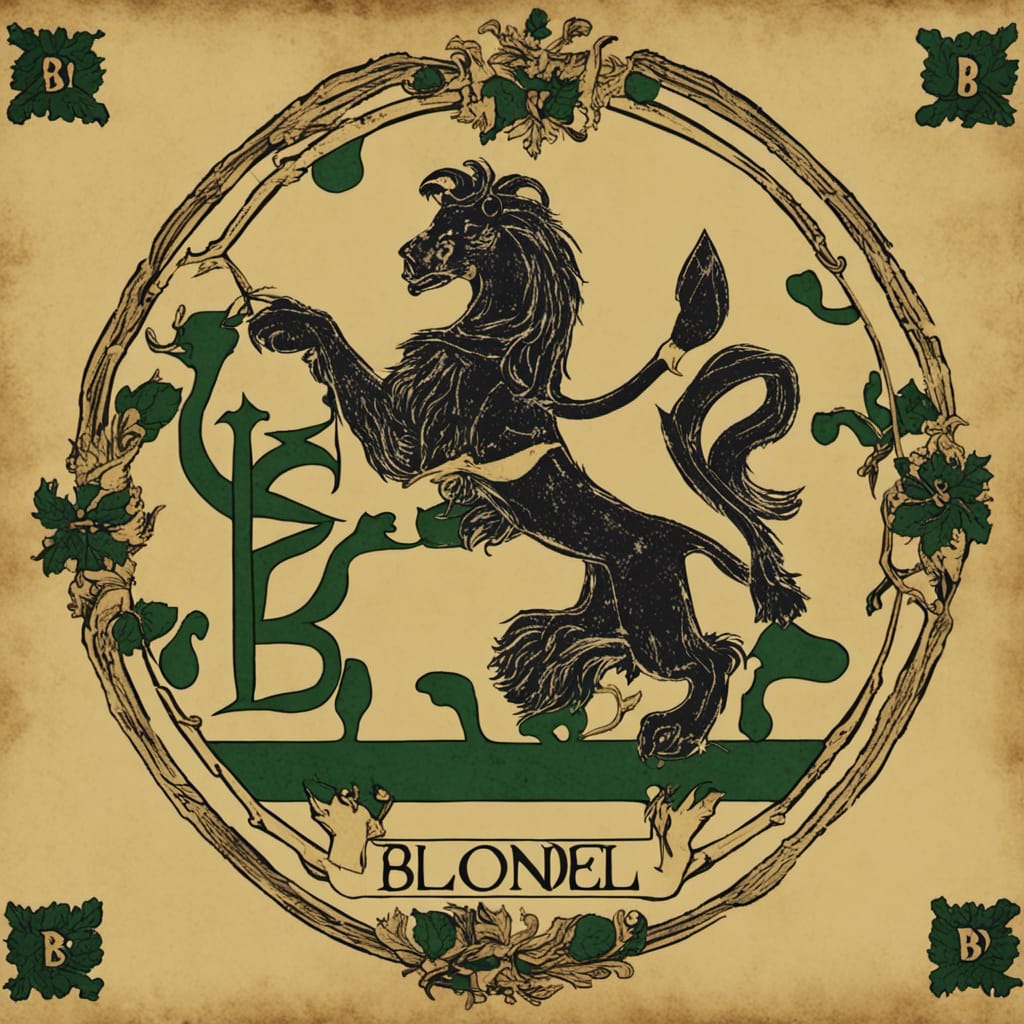
George Mentz Education -
Commissioner George Mentz
-
https://finance.yahoo.com/news/commissioner-george-mentz-clinches-influencer-180000705.html
-
George Mentz News -
George Mentz Net Worth - George Mentz Noble Tilte -
George Mentz -
George Mentz Trump Commissioner -
George Mentz Freiherren Count Baron -
George Mentz Global Economic Forum -
George Mentz Donates Millions
